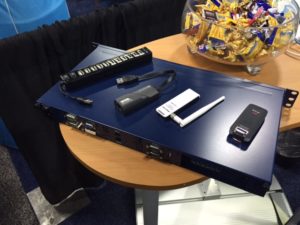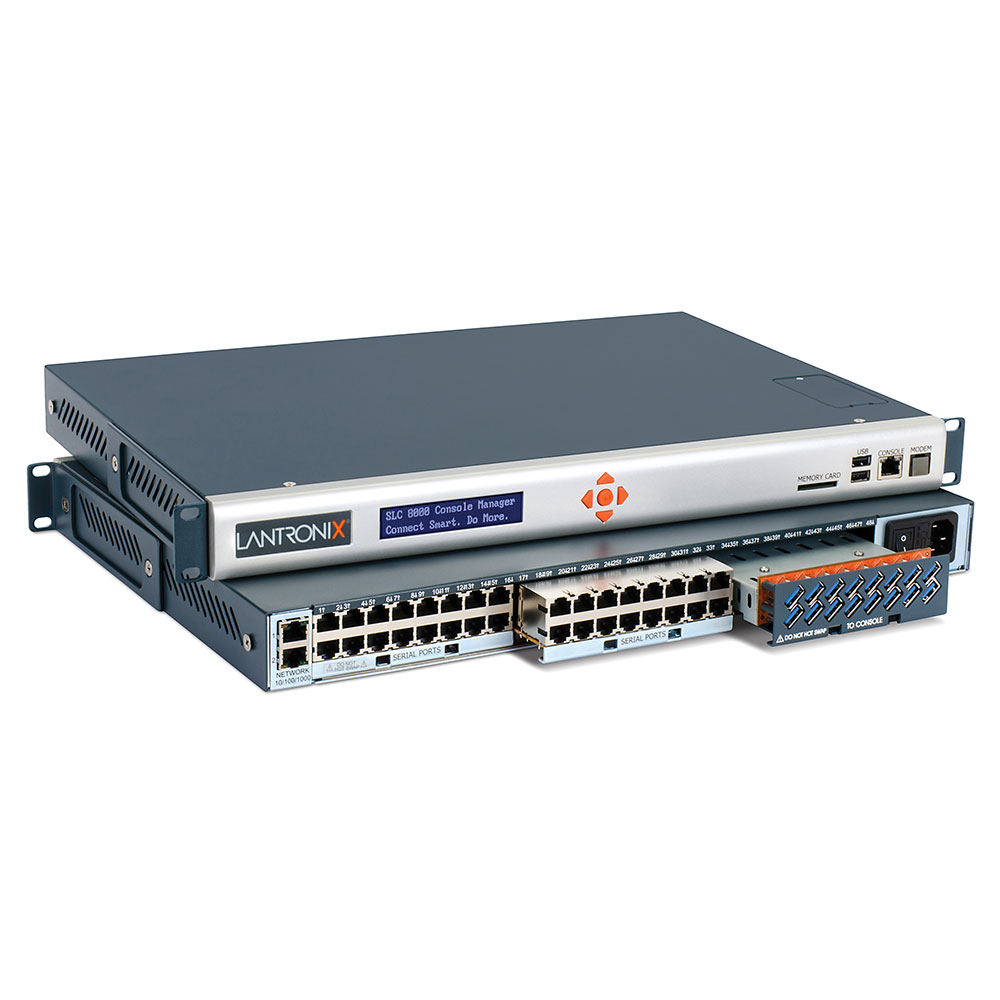
USB versus U-BS(ed)?
Since launching the industry’s only modular console manager able to support up to 48 USB ports, customers have shared with us some of the interesting comments made by our competitors regarding USB and its adoption and deployment in IT infrastructure environments. Here’s a table to separate the facts from…well, we’ll let you decide.
What they tell you |
Fact Check |
| “We can support USB with dongle cables from our RJ-45 serial ports…” | Each dongle creates added cost, complexity and creates a new single point of failure in systems that are supposed to be the last line of defense for disaster recovery and system restarts. This is not a high reliability option for many enterprise, telco and cloud data centers. |
| “People really don’t use USB, all of the new switches have both serial and USB ports…” | Many new products from Cisco, Brocade, Dell and HP Enterprise have already made the full switch to USB only console ports and this is likely to be the standard moving forward. |
| “Our box has up to 4 USB ports, if you need more USB ports just hang a USB hub off them…” | Much like the dongle you are adding cost, complexity and reliability issues on a product that is required to be a highly reliable, enterprise class solution. |

Using a dongle can be a messy strategy for enabling USB connectivity on a console manager
Since a primary goal of a console server is to be a disaster recovery communications point in the event of failure, the above mentioned competitive statements show a significant lack of understanding for the market and the needs of customers. We think suggesting customers build a high reliability or disaster recovery enterprise class solution based on a cheap USB hub to scale connectivity is not sound advice.
One competitor recently even showcased dongles and USB hubs in their booth at Interop. With this in mind, I have to call [insert word here] on this approach. How can competitors say they have a real enterprise or production class solution for USB based infrastructure gear when they are suggesting the use of dongles and USB hubs?
We all know that when accessing legacy equipment there are some times when you have to resort to using a dongle or other makeshift solution, but this is not a long-term strategy for designing production systems. Robust disaster recovery and production systems require having the right tool for the job. The fact is, USB ports are replacing serial ports on both infrastructure gear and laptops. We have seen Cisco, Dell, Hewlett Packard Enterprise (HPE) and Brocade make the move and it is only a matter of time before everyone else in the infrastructure space will follow.
What is Driving the Move to USB?
Over the past 20 years, console management connectivity has evolved from bulky DB9 and RJ45 connectors to now using USB as the console connectivity option of choice for three core reasons: performance, footprint and laptop compatibility. The move to high performance (thinking we need to put “performance” in here somewhere giving that it is one of three reasons) denser blade based switching has created a premium on circuit board real estate, driving next-generation IT gear to move to USB as the console management port of choice. The elimination of laptop serial ports in favor of USB is to accommodate a more power-efficient and smaller footprint solution in support of a thinner laptop profile is also contributing to the adoption of USB as the primary console interface.
Lantronix SLC 8000 Advanced Console Manager– The First and Only High Density USB Console Management Solution
Lantronix SLC 8000 advanced console manager is the industry’s first and only modular console manager that supports up to 48 high density USB ports and was designed with the next-generation data center and test and development lab environments in mind. The SLC 8000 includes user-swappable USB and RS-232 modules that allow IT admins to deploy a future-proof, robust management tool that can work with both legacy and next-generation IT equipment. In addition, the SLC 8000 console manager supports up to 15 users per port and up to 396 concurrent sessions, up to twice the number of sessions than other solutions on the market.
About the Author, Jeffrey Blyther
Jeffrey Blyther is a Sr. Field Application Engineer or Lantronix, Inc., a specialized networking company providing smart IoT and M2M connectivity solutions. Jeffrey has extensive experience in a wide range of technologies, such as Ethernet, Wi-Fi, cellular, datacenter infrastructure, networking protocols, and serial communications.
About Lantronix
Since 1989, Lantronix has been at the forefront of providing IT administrators with innovative Out of Band Management (OOBM) solutions. Lantronix is the manufacturer of the SLC 8000, the industry’s first advanced modular console manager, which delivers secure, scalable and high availability OOBM and robust management capabilities. Today, the SLC 8000 is used in some of the world’s most demanding IT infrastructure environments, including Fortune 500 data center and test and development environments. To learn more about the SLC 8000, click here.


